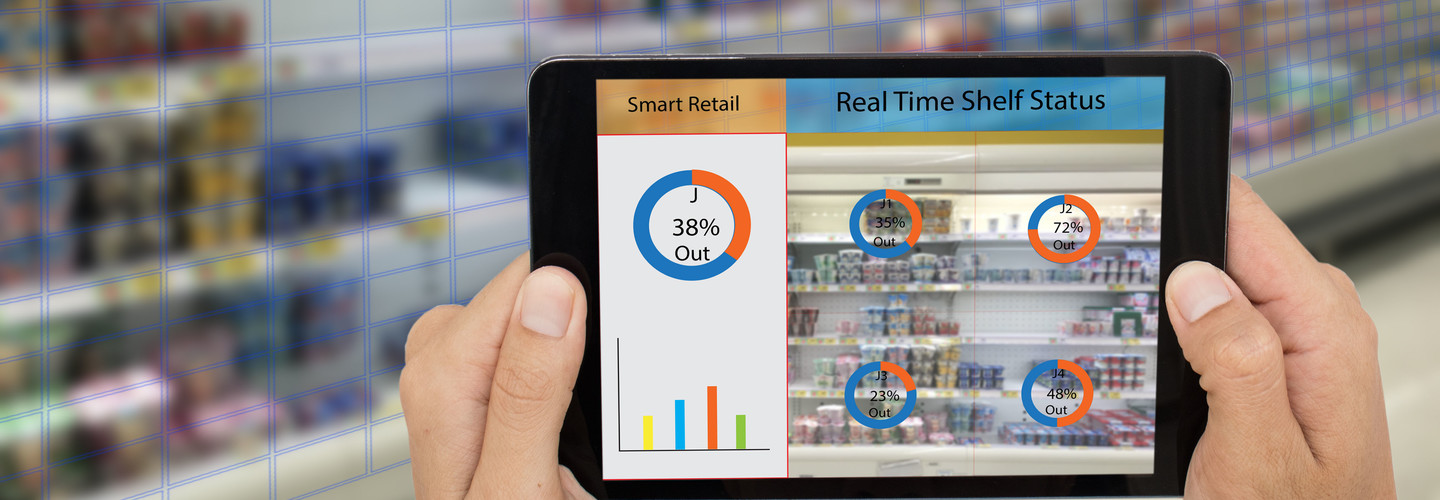How AI Solves Retail’s Scale Problem
For large retailers everywhere, AI represents an almost magical solution to the challenges that come with having to do everything on a massive scale — a problem that has vexed them for decades.
“Large retailers employ tens or hundreds of thousands of people, they have hundreds or thousands of stores — each of which has tens or hundreds of thousands of products — and they have tens of millions of customers,” Haller notes. “Ingesting all the information that creates and making sense of it is a big-scale problem.”
Consider that much of the data produced by retail interactions is unstructured, he adds; for example, the transcript of an online chat with a customer-service representative, or a salesperson’s notes about a customer’s needs. “Those are all really valuable data points, but you can’t make sense of that unless you use AI.”
How AI Can Aid Retailers’ Staffing, Supply Chains
A retailer’s effective use of AI can go a long way toward solving many different problems. In a keynote session, Arvind Krishna, IBM’s chairman and CEO, cited supply chain and human resources as two critical examples.
“With technology, you start to get some signal from the noise, and you start to extract what the real demand is going to be, so then you can figure out how you can have the correct supply chain, the correct fulfillment to react to the demand,” Krishna said.
He also noted that AI-enabled automation could ease the “big demographic shift” that is causing staffing shortages at many stores. “It’s really about using AI to take care of tasks that are very repetitive, which can be automated,” he said. “How do we begin to reduce employee turnover using AI and automation?”
Beyond task automation, Haller says that AI will soon help retailers make much better decisions about staffing levels at individual stores, incorporating everything from local weather forecasts and nearby construction to events such as store sales and football games — all factors that contribute to a store’s foot traffic on a given day.
NRF 2022: Follow BizTech's coverage of Retail's Big Show.
Retailers Must Unify Their Data
Another vital task for retailers is making sense of data collected from different sources, especially as consumers increasingly indicate a desire for hybrid shopping experiences. In a recent survey conducted with NRF, IBM found that only 45 percent of consumers consider in-store shopping as their primary method; the rest prefer online shopping or a hybrid experience.
“Only 38 percent of people begin their buying journey in a store, but many of them end up in a store,” Krishna said. “The old metrics of looking at parking lots and foot traffic is not going to be a good indicator of demand. It’s truly omnichannel today, and if you don’t have the correct data systems built to get a sense of that, you’ll be disadvantaged.”
Haller noted that many retailers have deployed separate AI models for different types of customer interactions; for example, one for SMS texts, another for online chats and still another for phone calls. That creates disjointed experiences for customers who move between interaction types, and limits the retailer’s ability to gain a holistic view of the experience.
A better approach would be to build a single AI system “at the central level, so then you can feed any of those tools into it,” Haller says. “One, you’re learning across multiple touchpoints, and two, you’re connecting conversations, one to the other.”










